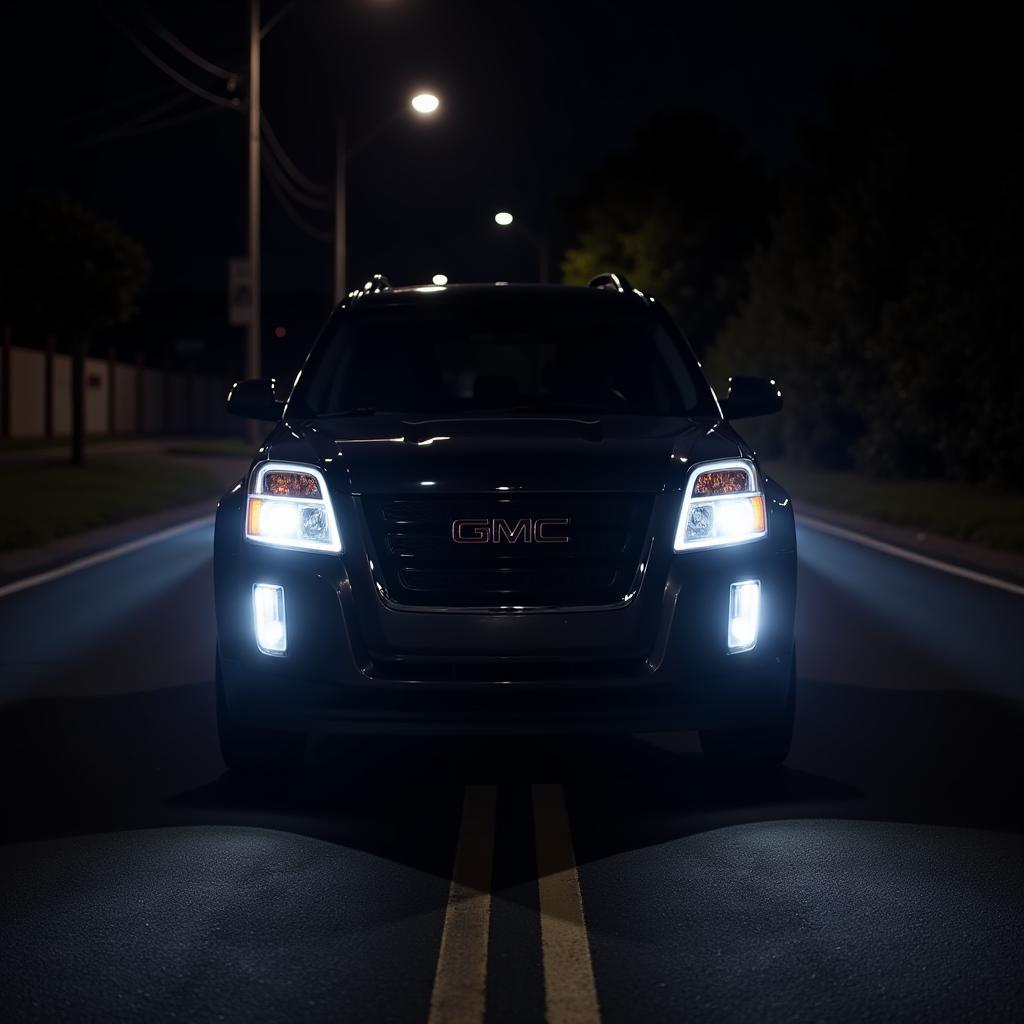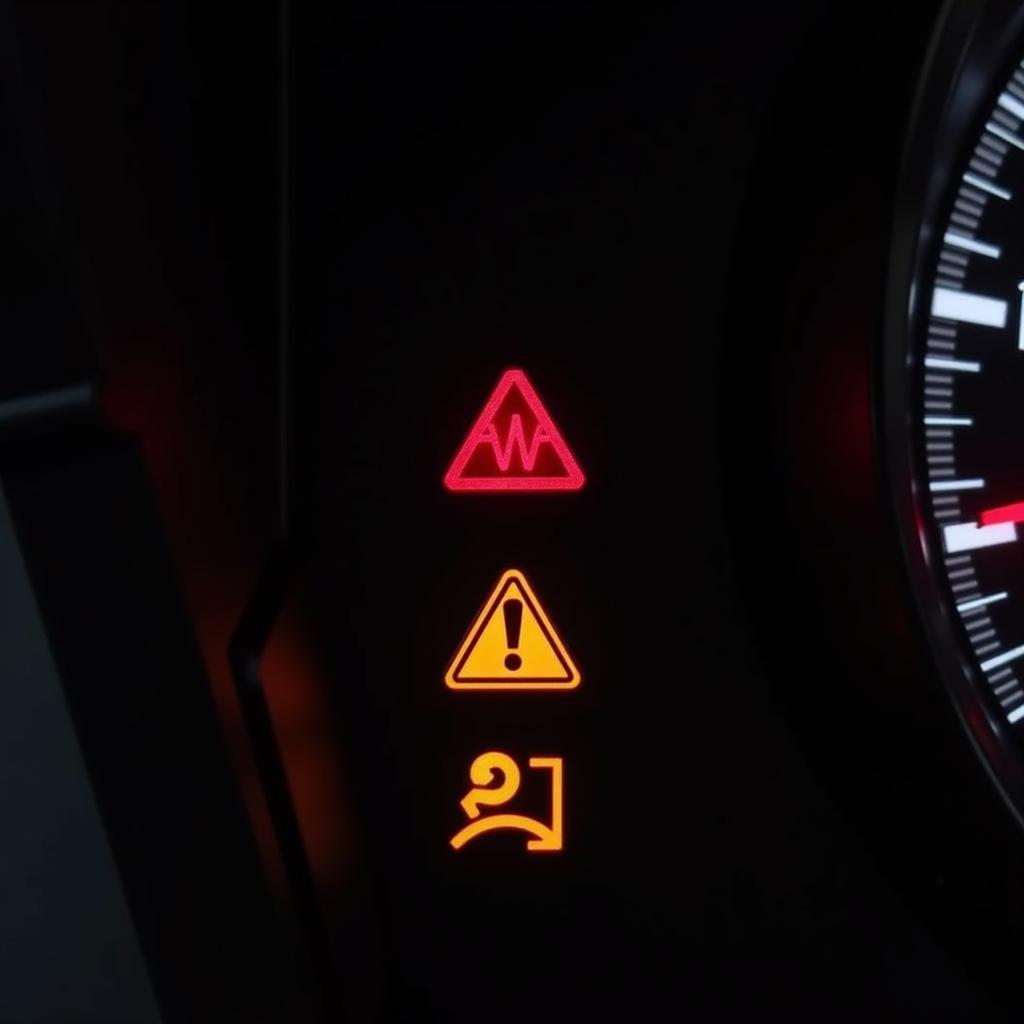The dreaded AdBlue warning light on your Volkswagen Passat can be a real headache. This guide provides a comprehensive overview of how to reset passat adblue warning, covering everything from understanding the warning system to troubleshooting common issues and performing the reset yourself.
Modern diesel vehicles, like the Volkswagen Passat, utilize AdBlue (Diesel Exhaust Fluid) to reduce harmful NOx emissions. The AdBlue system is crucial for meeting environmental regulations. When the AdBlue level gets low, or there’s a system malfunction, a warning light illuminates on your dashboard. Ignoring this warning can eventually lead to your car not starting. So, knowing how to reset passat adblue warning is vital. If you’re experiencing this issue, it’s essential to address it promptly. resetting add blue vw passat adblue warning can be done through a few different methods, which we’ll explore in detail.
Understanding the AdBlue Warning System
The AdBlue warning system is designed to give you ample notice before you run out of AdBlue. Typically, you’ll receive several warnings at different mileage intervals before the system prevents the car from starting. These warnings often begin with a simple message on the dashboard display, progressing to more urgent warnings as the AdBlue level decreases.
Why is My AdBlue Warning Light On?
Several factors can trigger the AdBlue warning light, including:
- Low AdBlue Level: The most common reason. You’ll need to refill the AdBlue tank.
- Faulty AdBlue Sensor: A malfunctioning sensor might incorrectly report low AdBlue levels.
- System Malfunction: Issues with the AdBlue pump, injector, or other components can trigger the warning.
How to Reset the AdBlue Warning on a Volkswagen Passat
how to reset adblue warning passat depends on the specific cause of the warning. Here are some common methods:
-
Refilling the AdBlue Tank: In most cases, simply refilling the AdBlue tank will automatically reset the warning light after a short driving period. Make sure to use AdBlue that meets the ISO 22241 standard.
-
Using an OBD2 Scanner: obd2 adblue reset can be performed using a compatible OBD2 scanner. This method allows you to clear the warning codes and reset the system.
-
Manual Reset Procedure (Model Specific): Some Passat models may have a manual reset procedure involving a specific sequence of button presses or actions within the car’s infotainment system. Consult your owner’s manual for specific instructions related to your model year.
What if the Warning Persists?
If you’ve refilled the AdBlue tank and the warning persists, it’s likely a more complex issue requiring professional diagnosis. A qualified technician can use diagnostic equipment to identify and fix the problem.
“Ignoring a persistent AdBlue warning can lead to expensive repairs down the road,” says John Miller, a certified automotive technician with 20 years of experience. “It’s always best to address the issue as soon as possible.”
vw passat adblue warning should be taken seriously. Addressing the issue quickly can save you time and money.
Troubleshooting Common AdBlue Issues
Sometimes, the solution isn’t as straightforward as refilling the tank. Here are a few common issues and how to troubleshoot them:
- Frozen AdBlue: In cold climates, AdBlue can freeze. Park the car in a warmer environment to thaw the fluid.
- Crystallized AdBlue: Over time, AdBlue can crystallize, especially if the system isn’t used regularly. This can block the injector or other components. Professional cleaning may be required.
Conclusion
Knowing how to reset passat adblue warning is crucial for any Passat owner. By understanding the AdBlue system and following the steps outlined in this guide, you can address the warning light effectively and keep your Passat running smoothly. If you’ve tried the basic troubleshooting steps and the warning persists, don’t hesitate to seek professional help. how to reset adblue warning vw passat 2013 might be similar, but always consult your owner’s manual for model-specific information. Remember, preventative maintenance is key to avoiding costly repairs in the long run.


